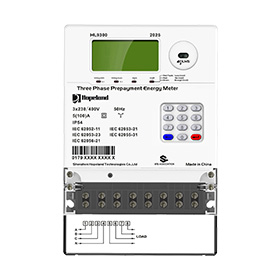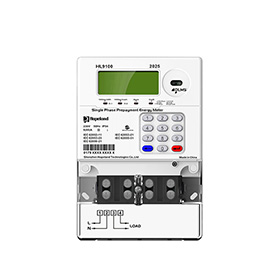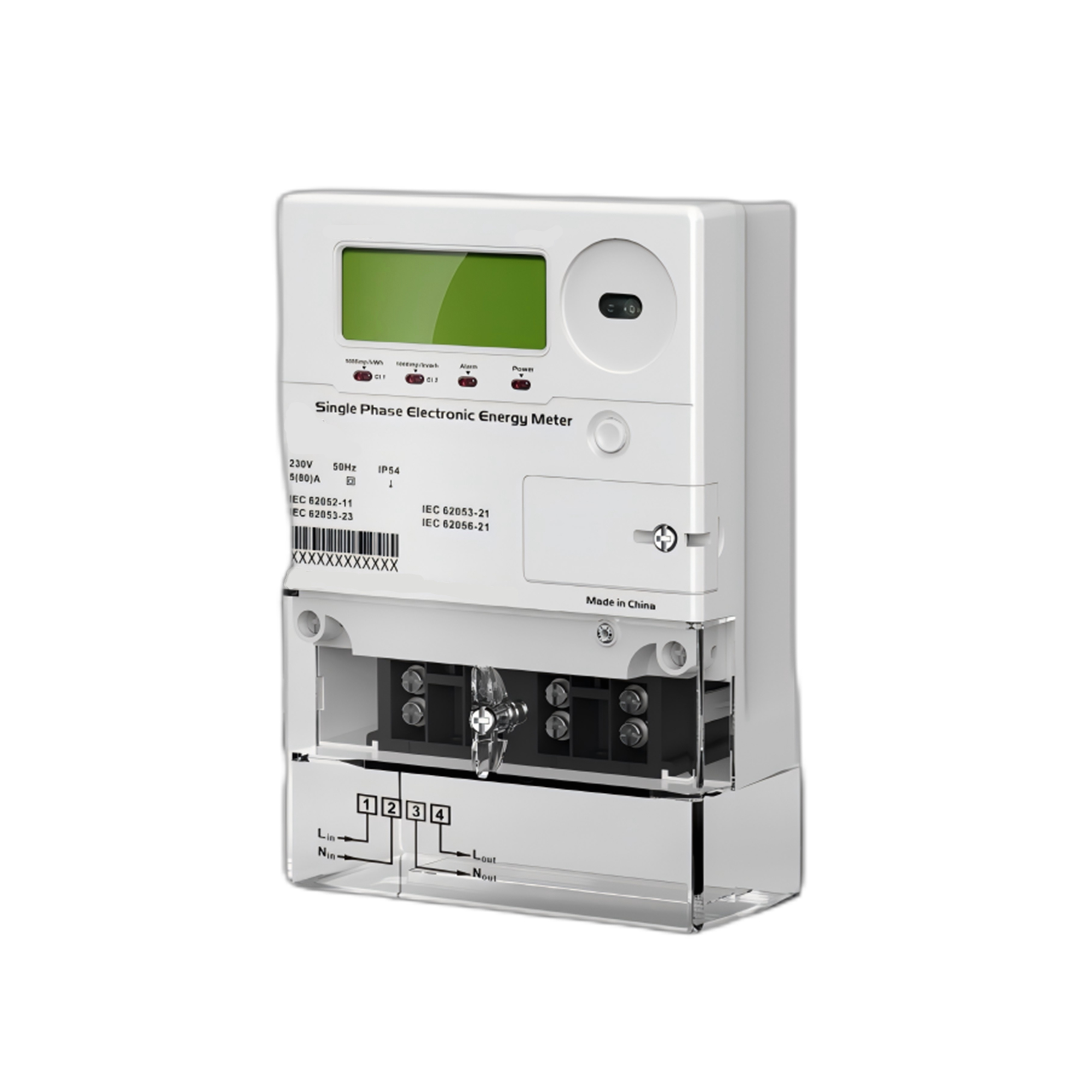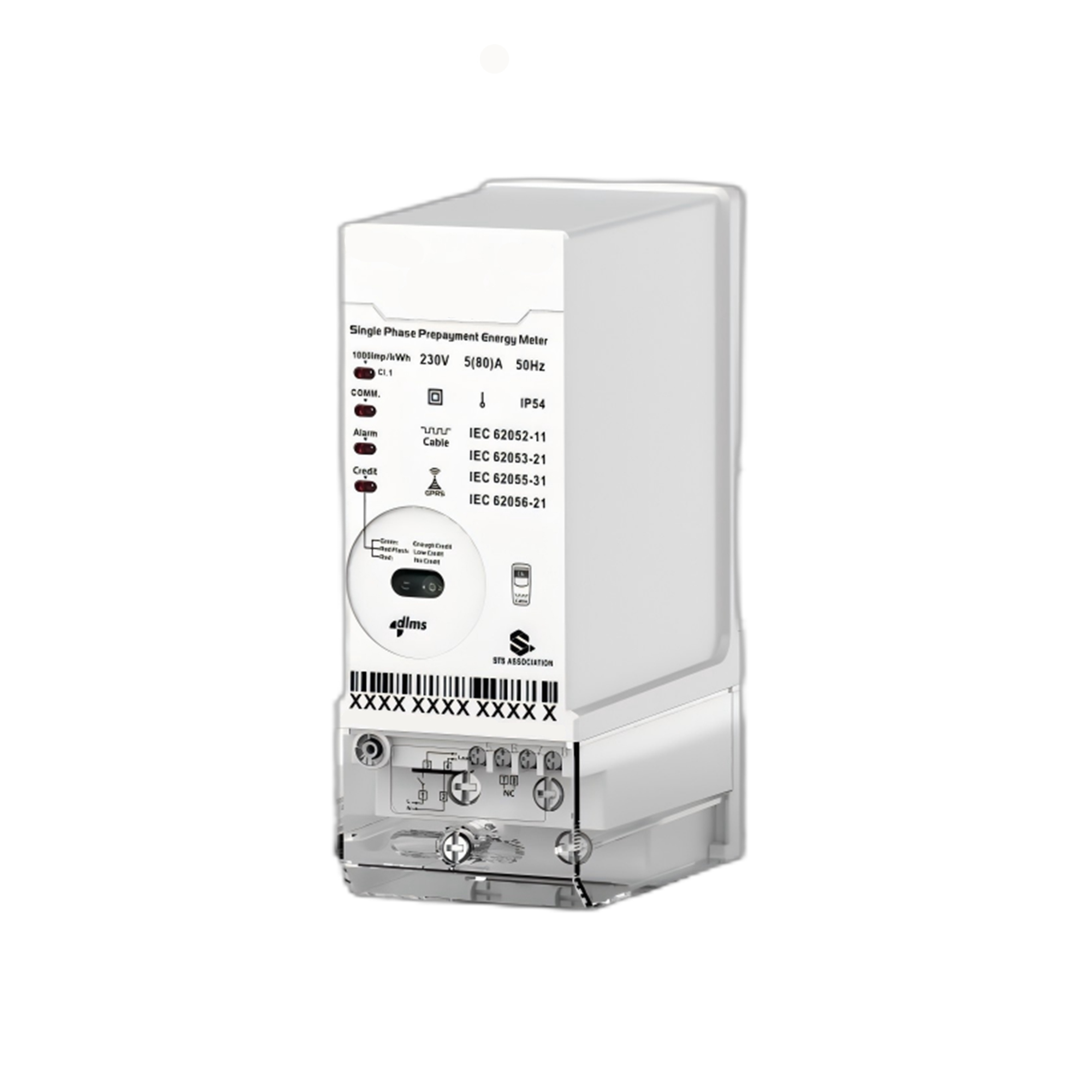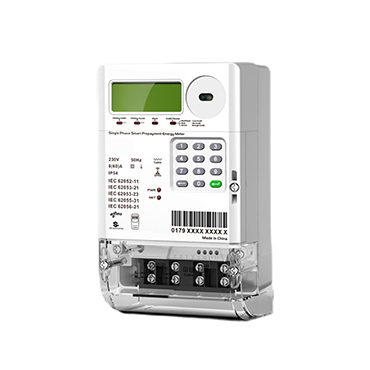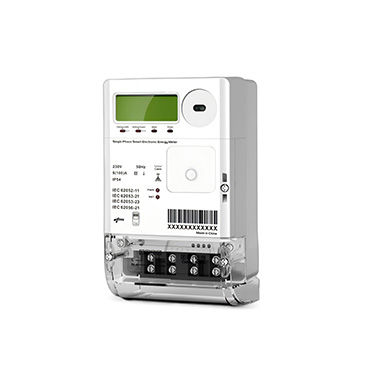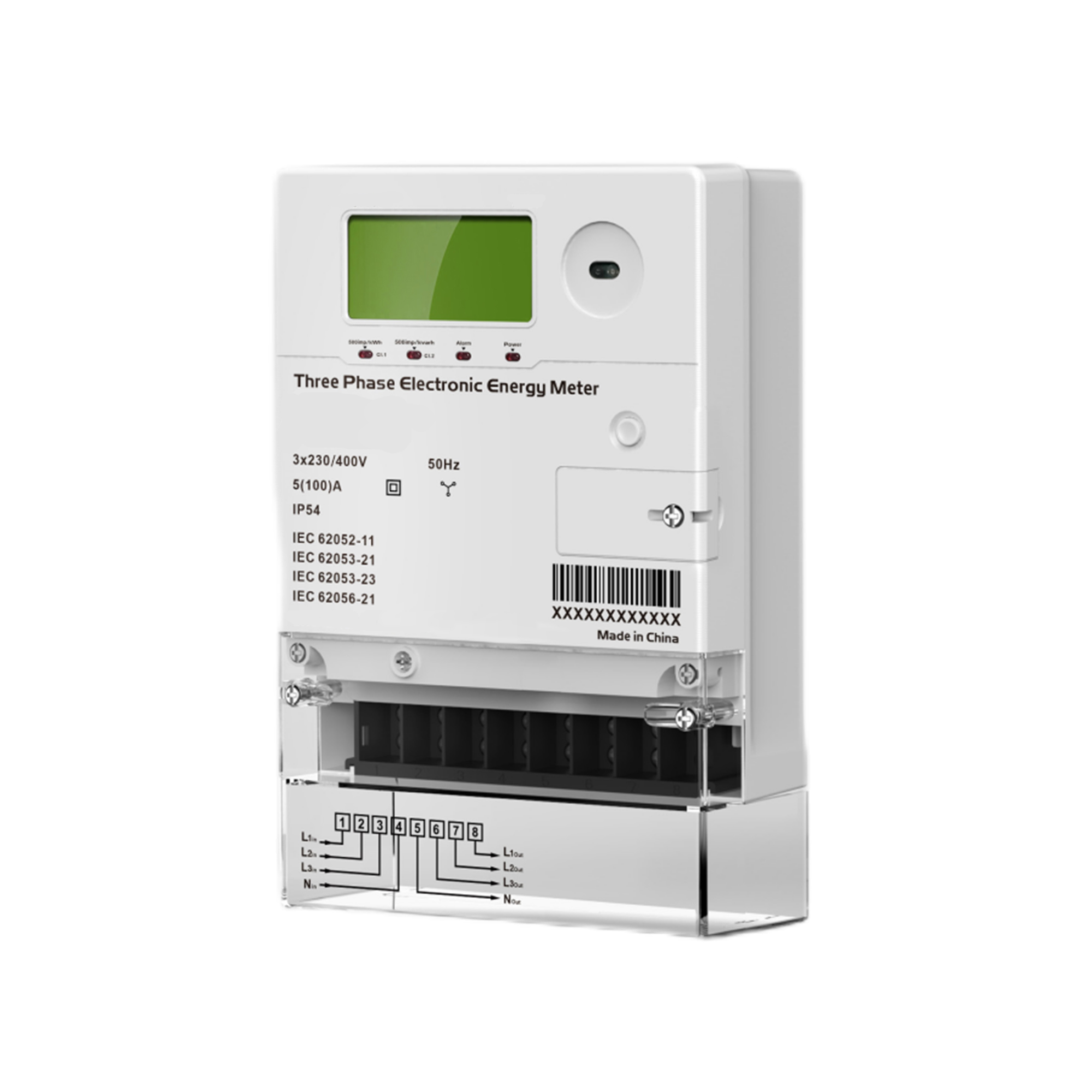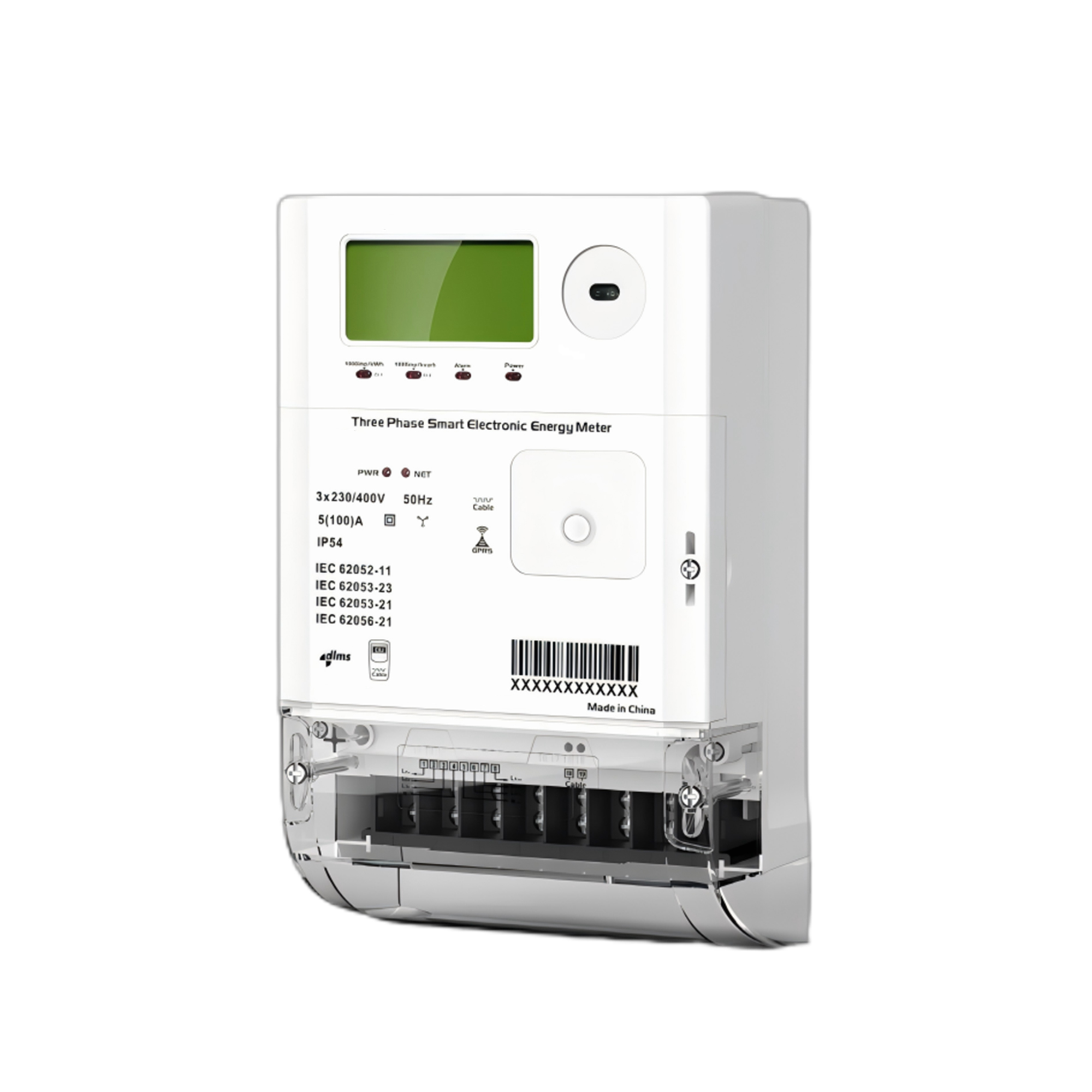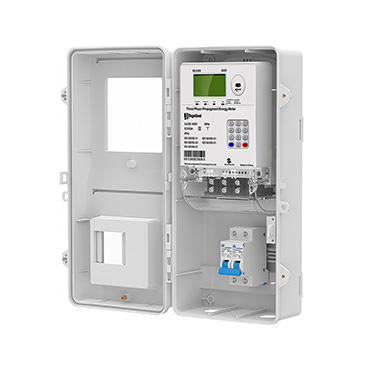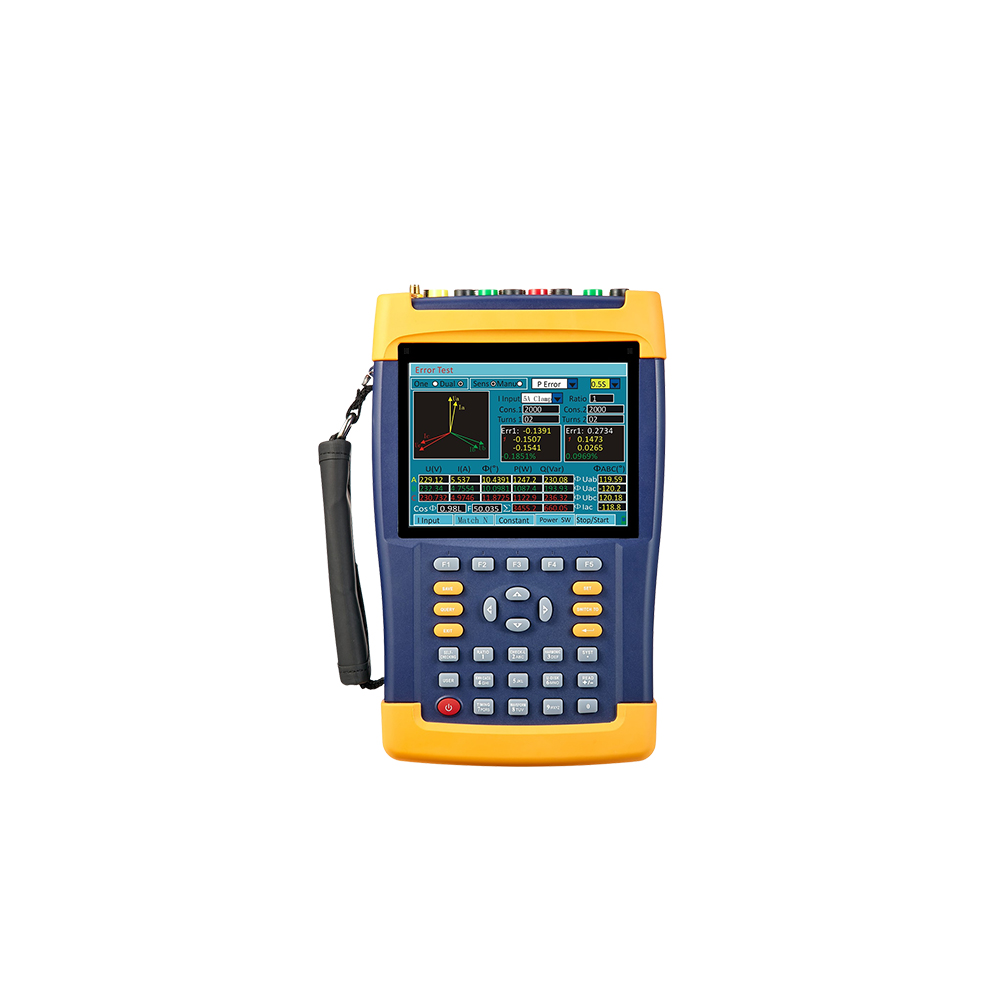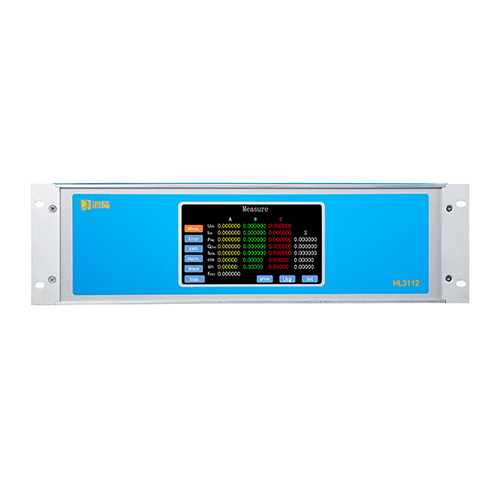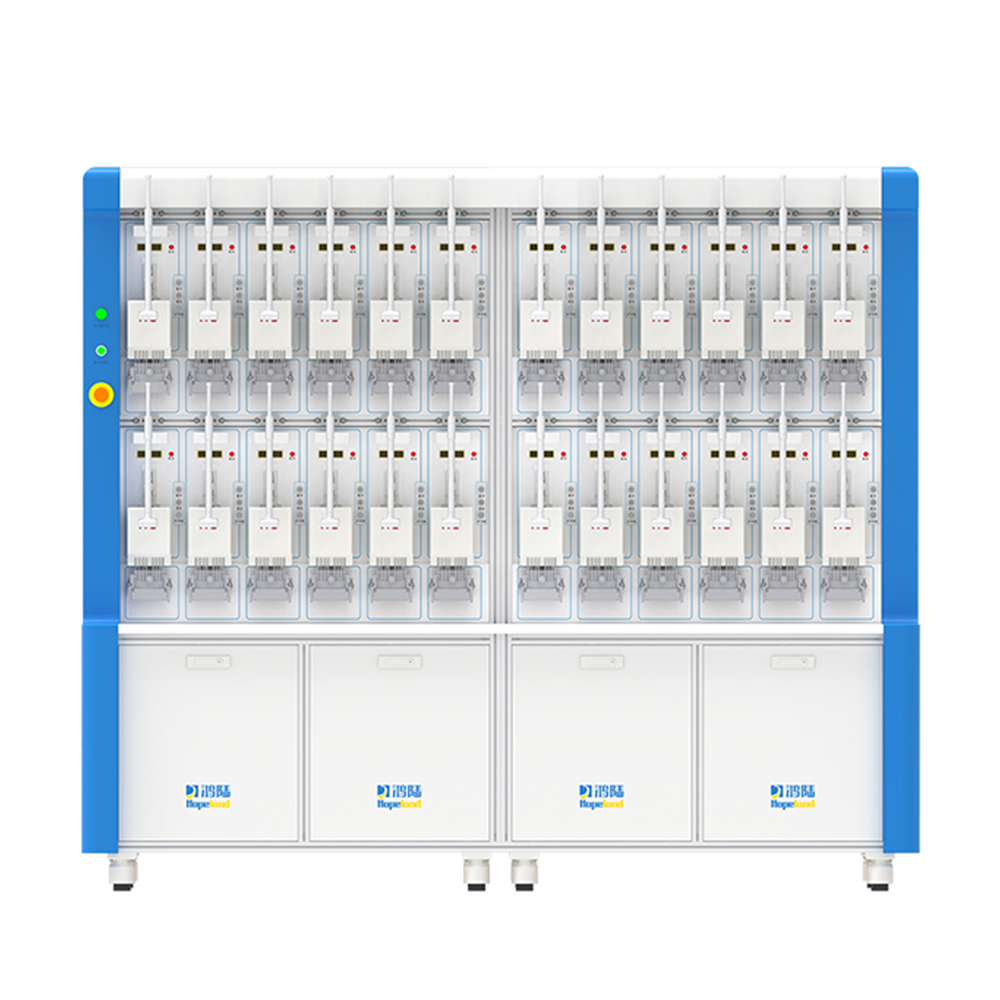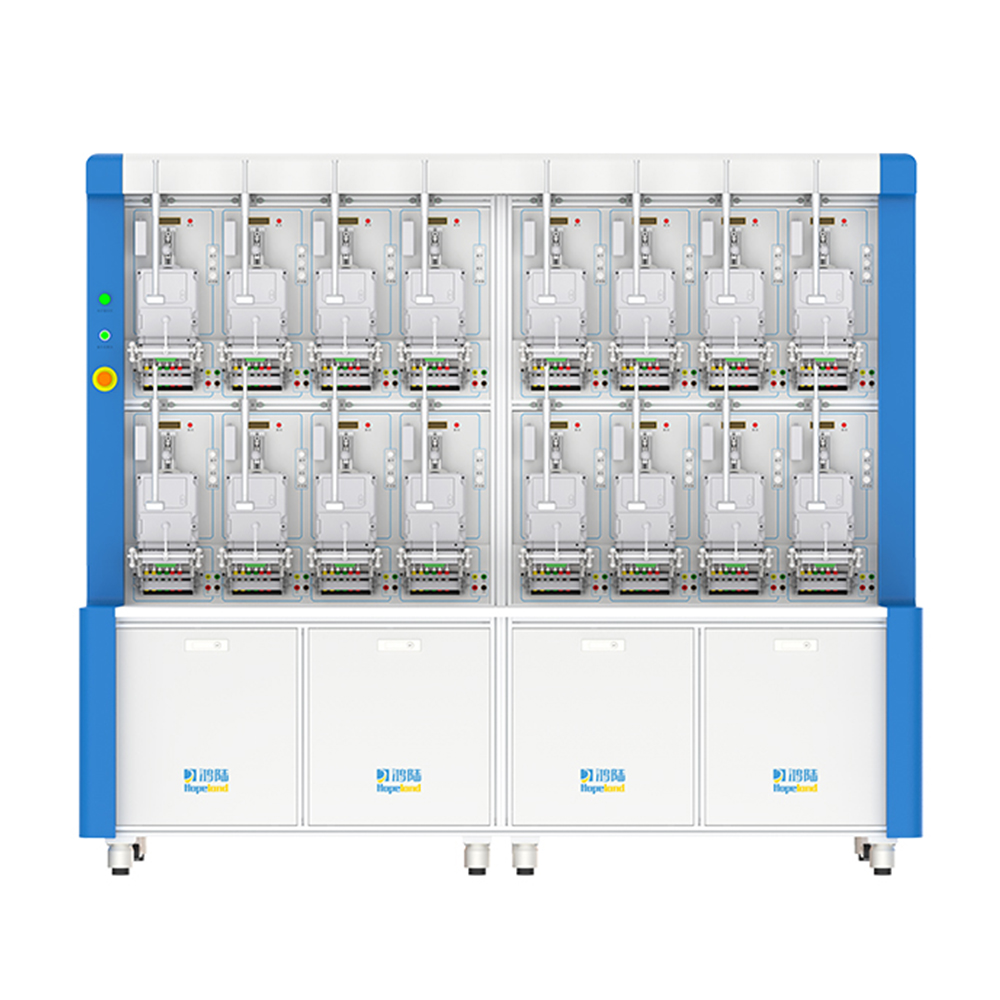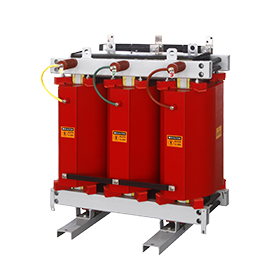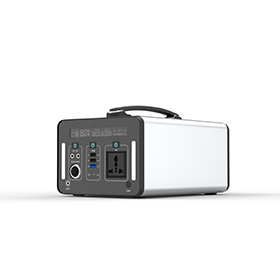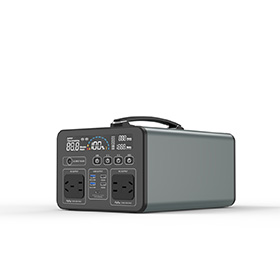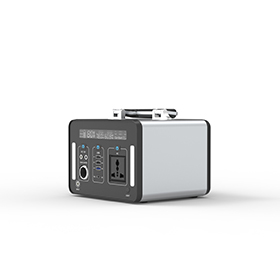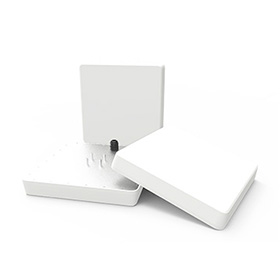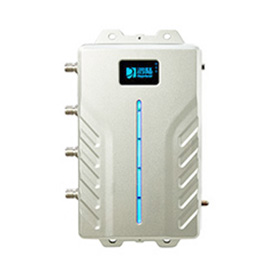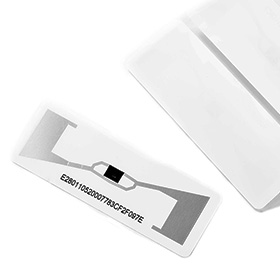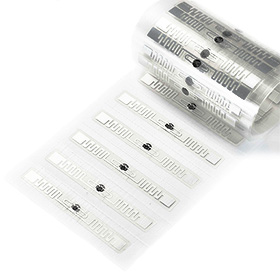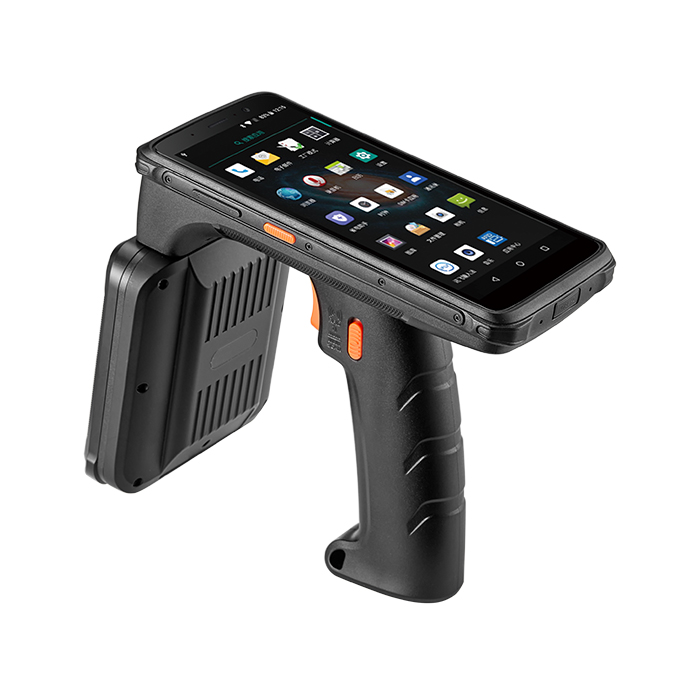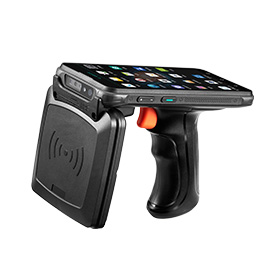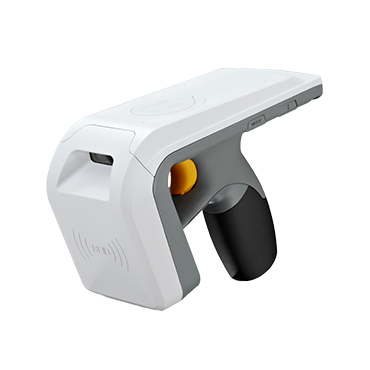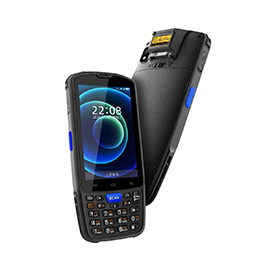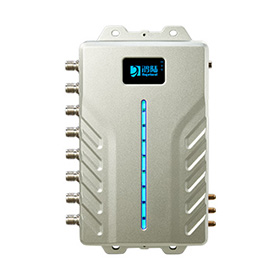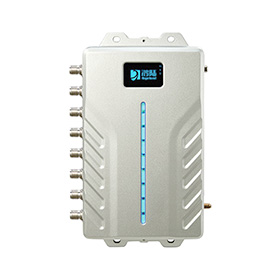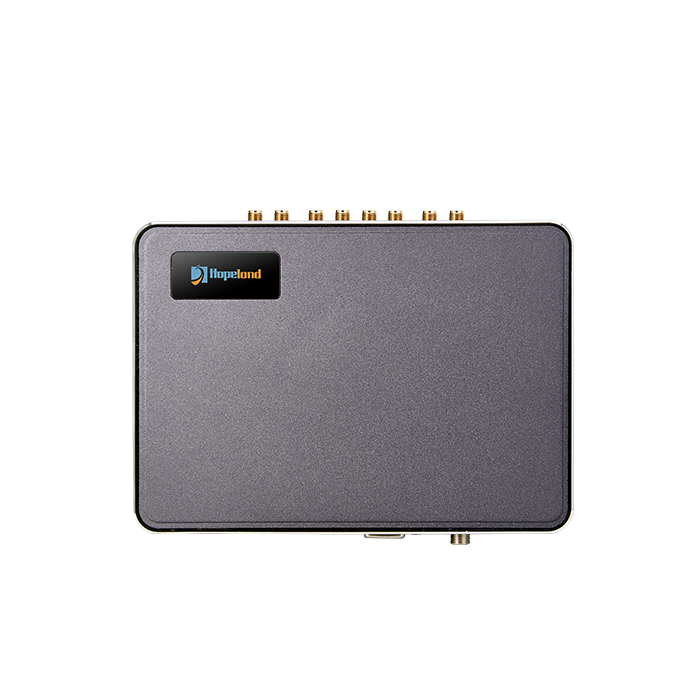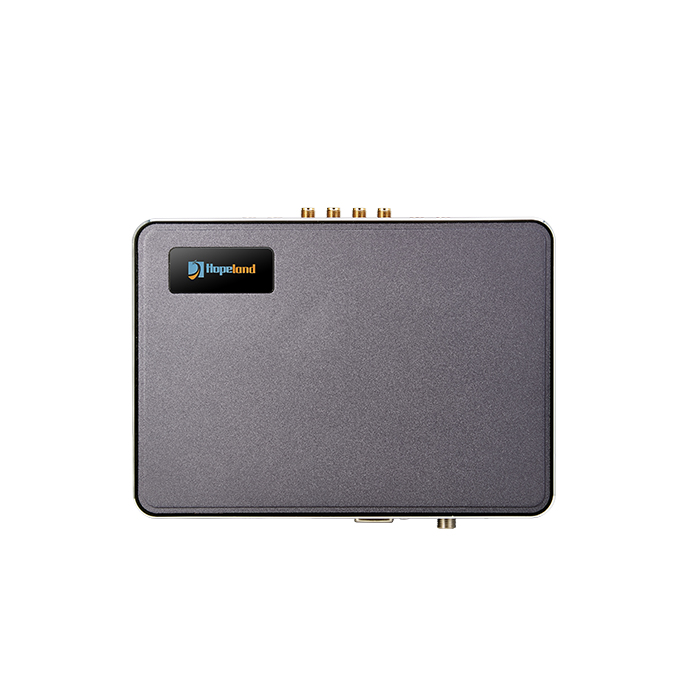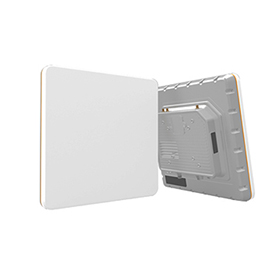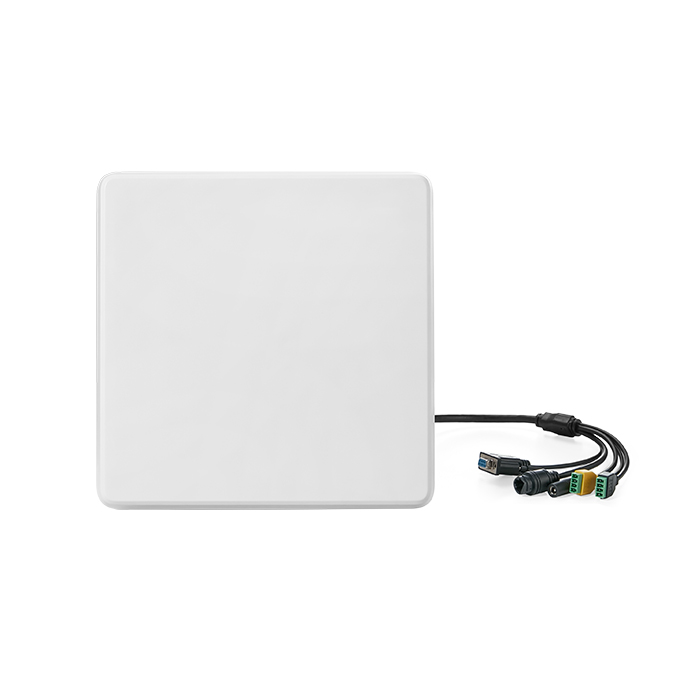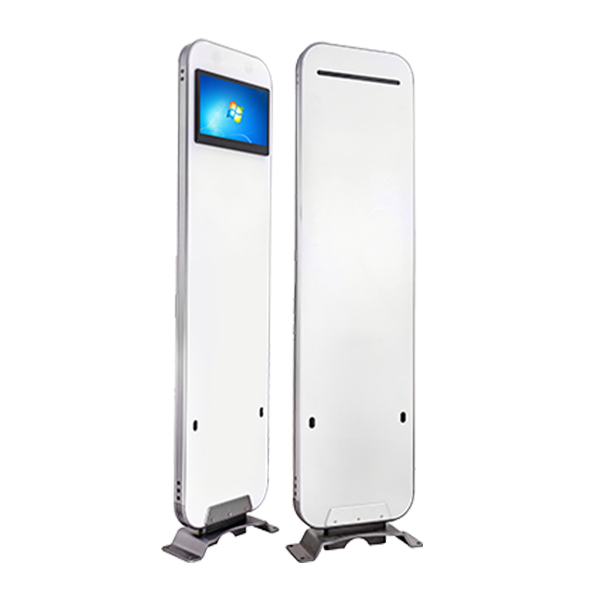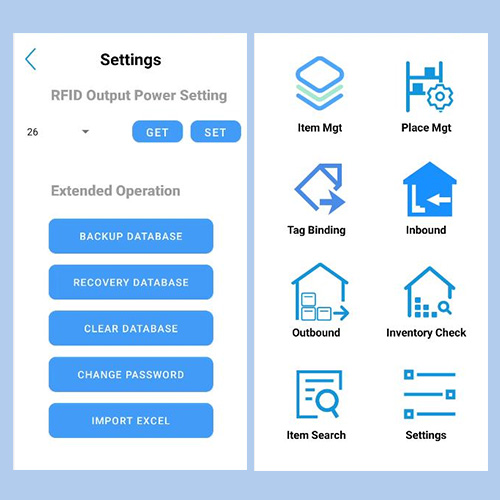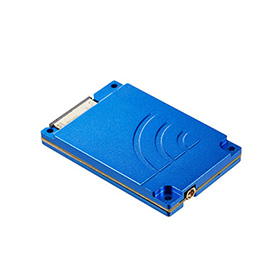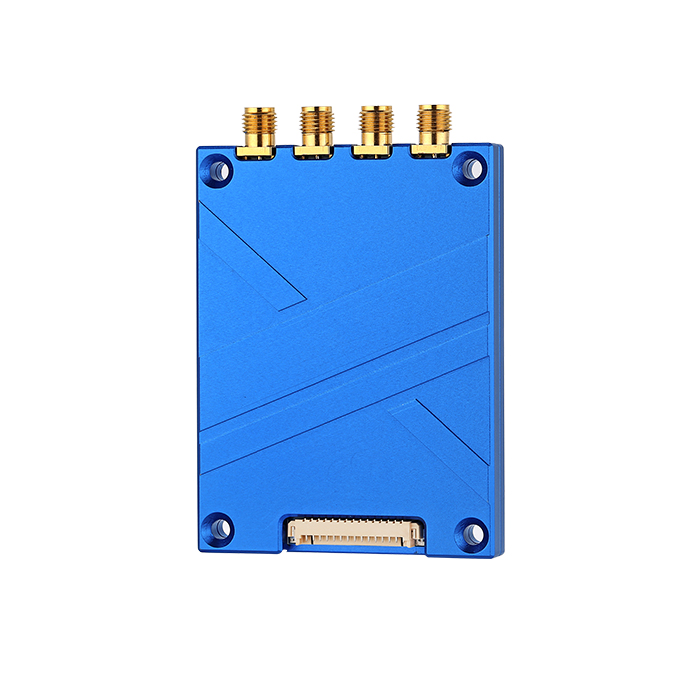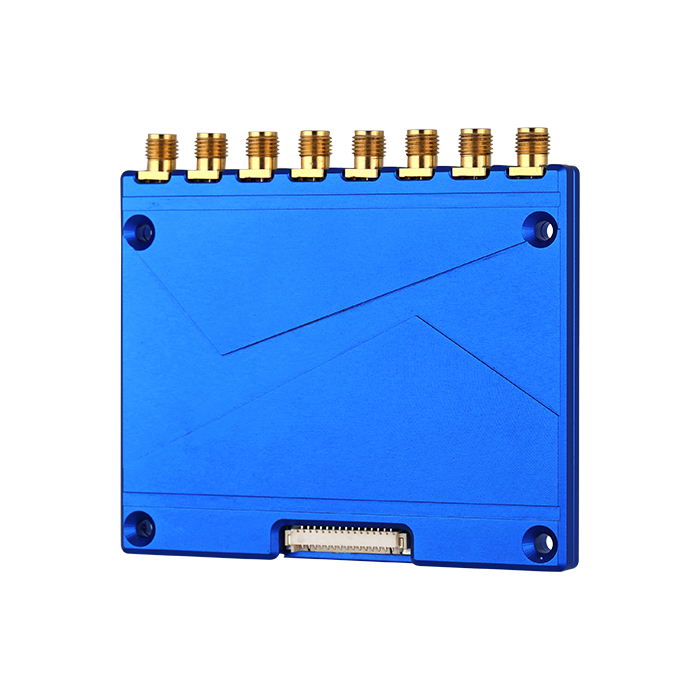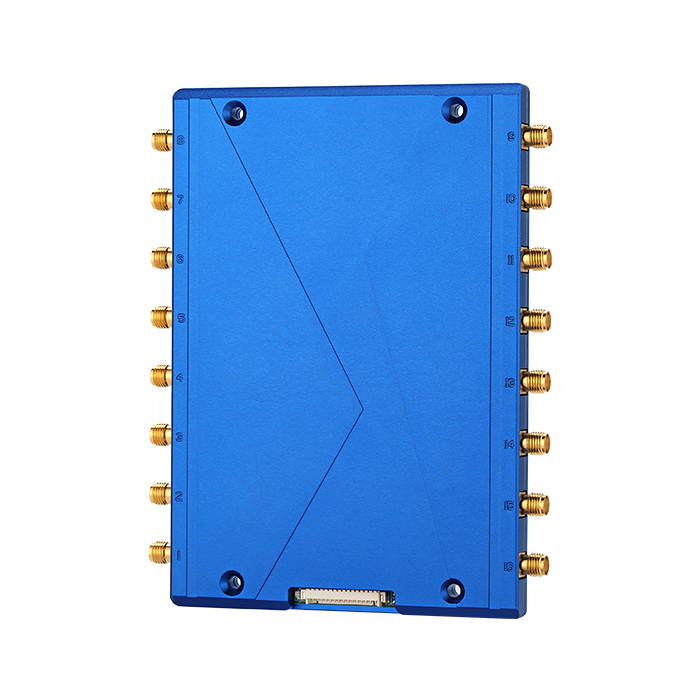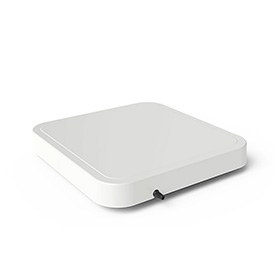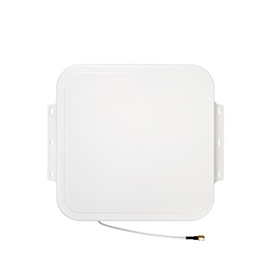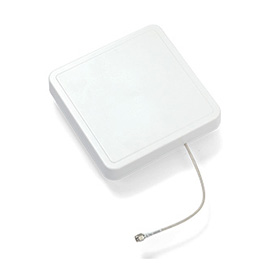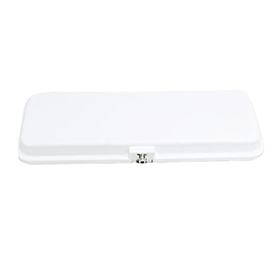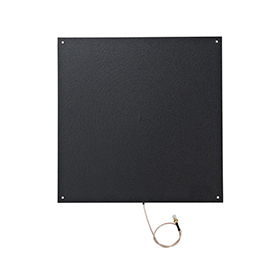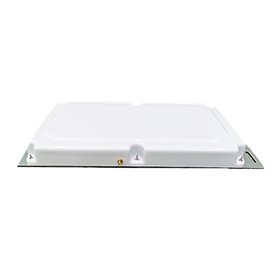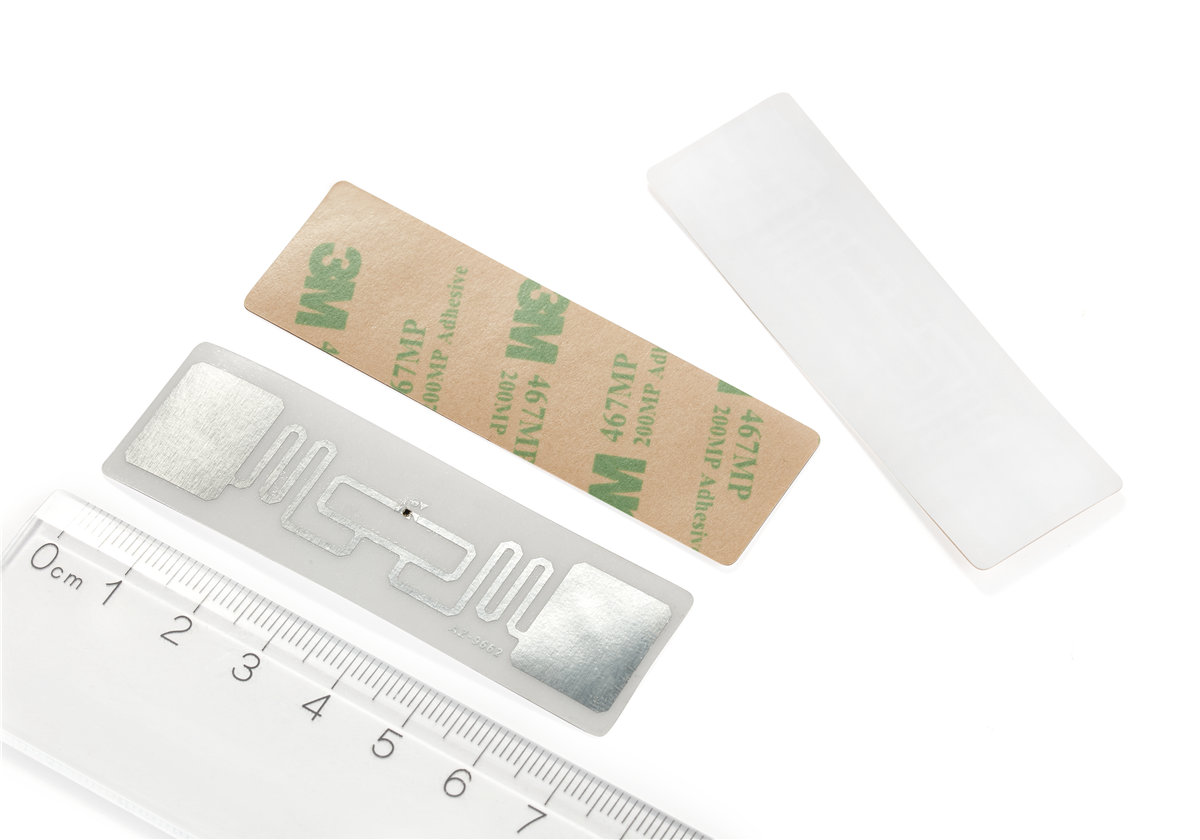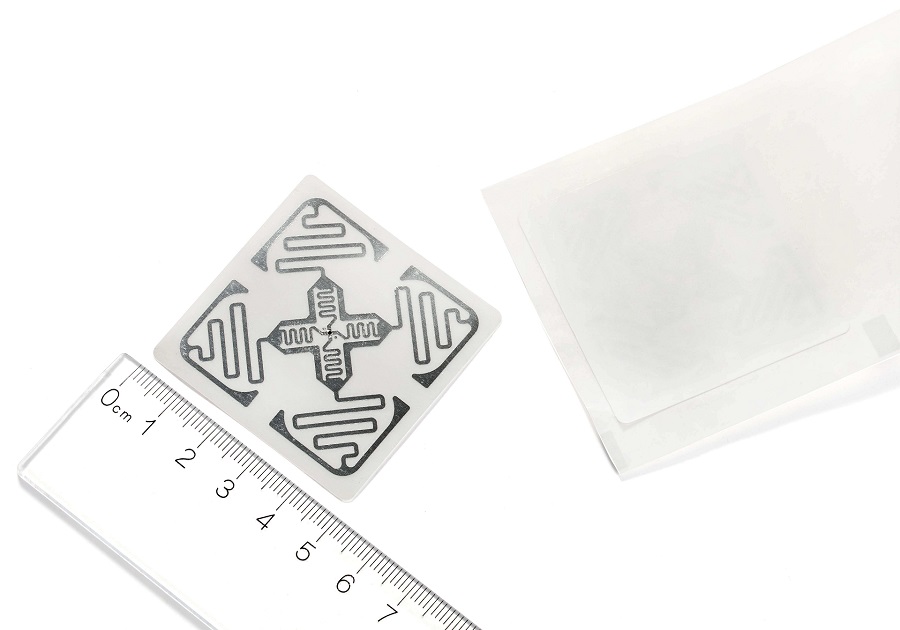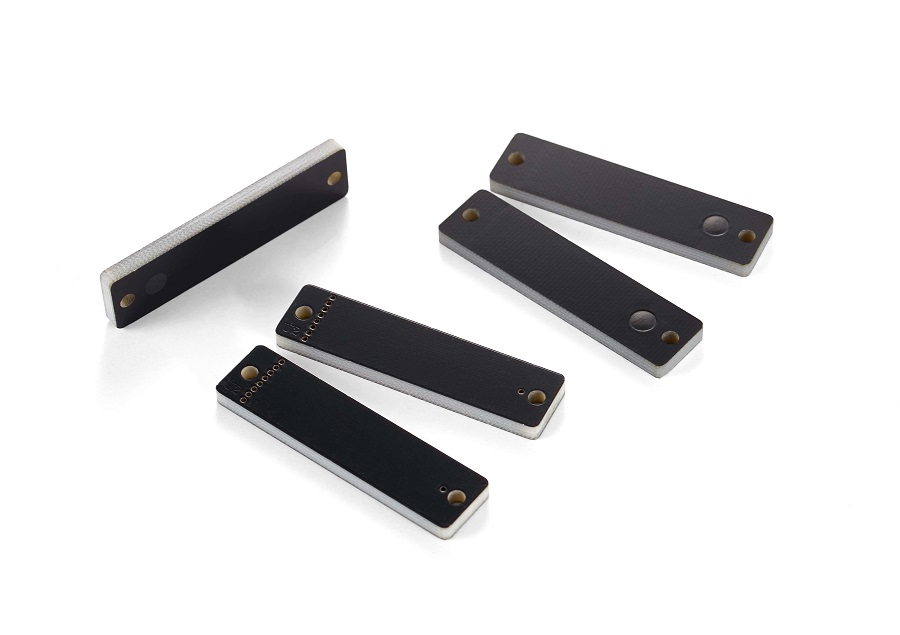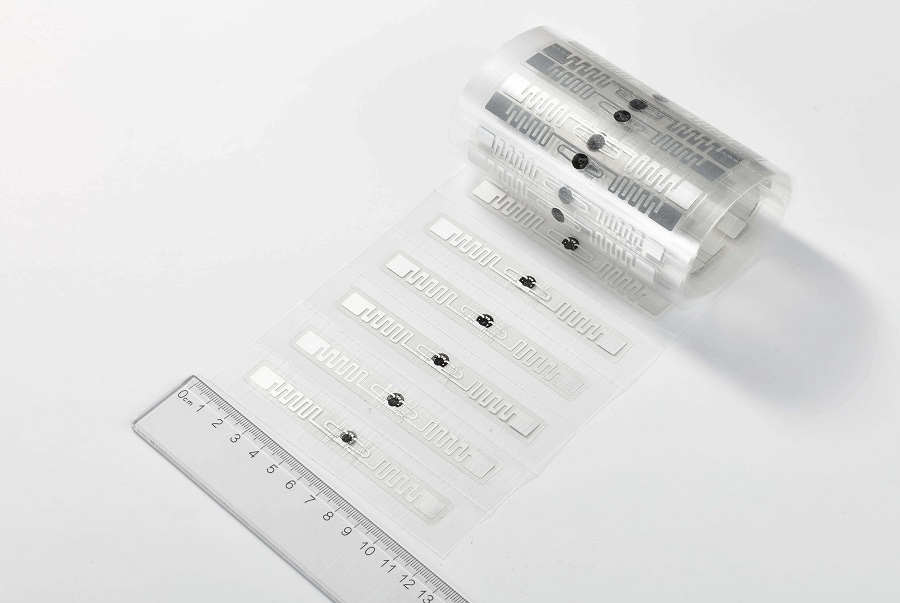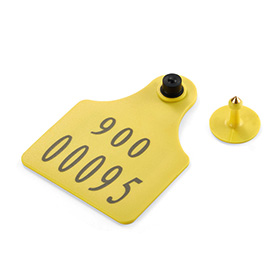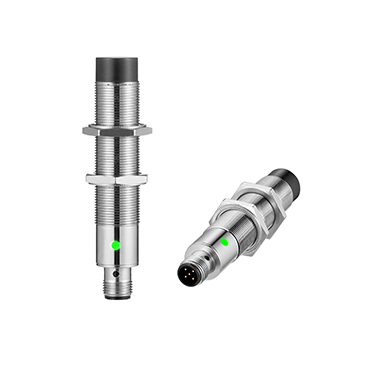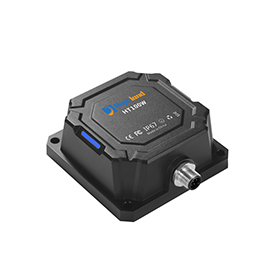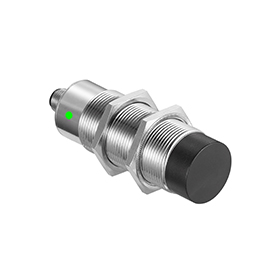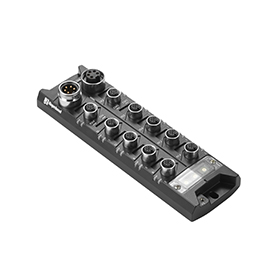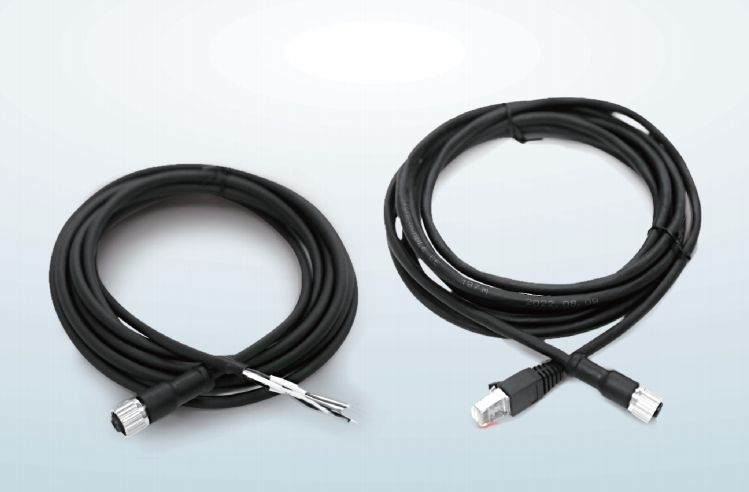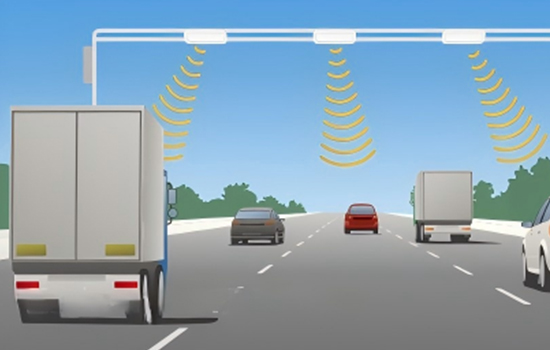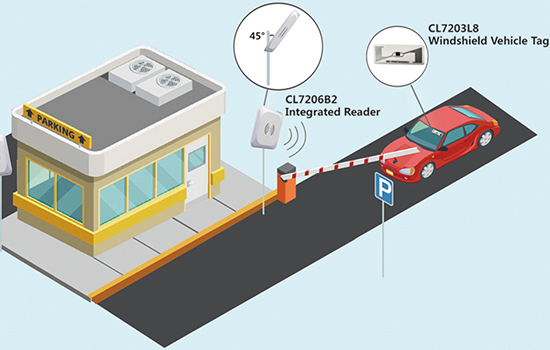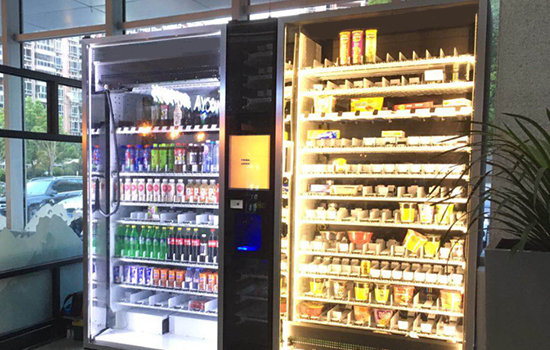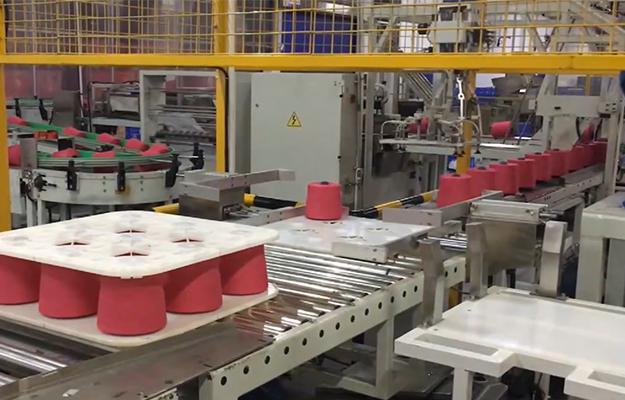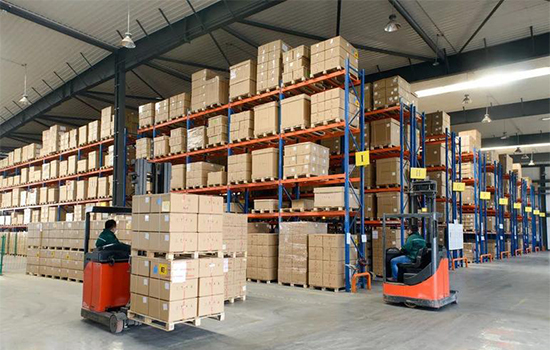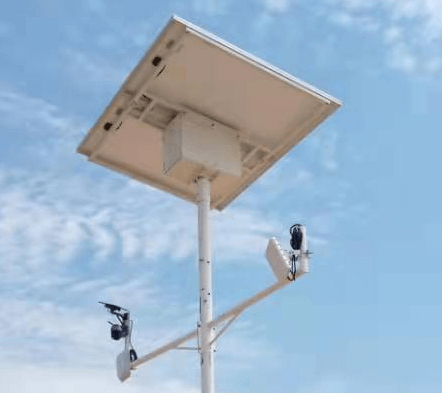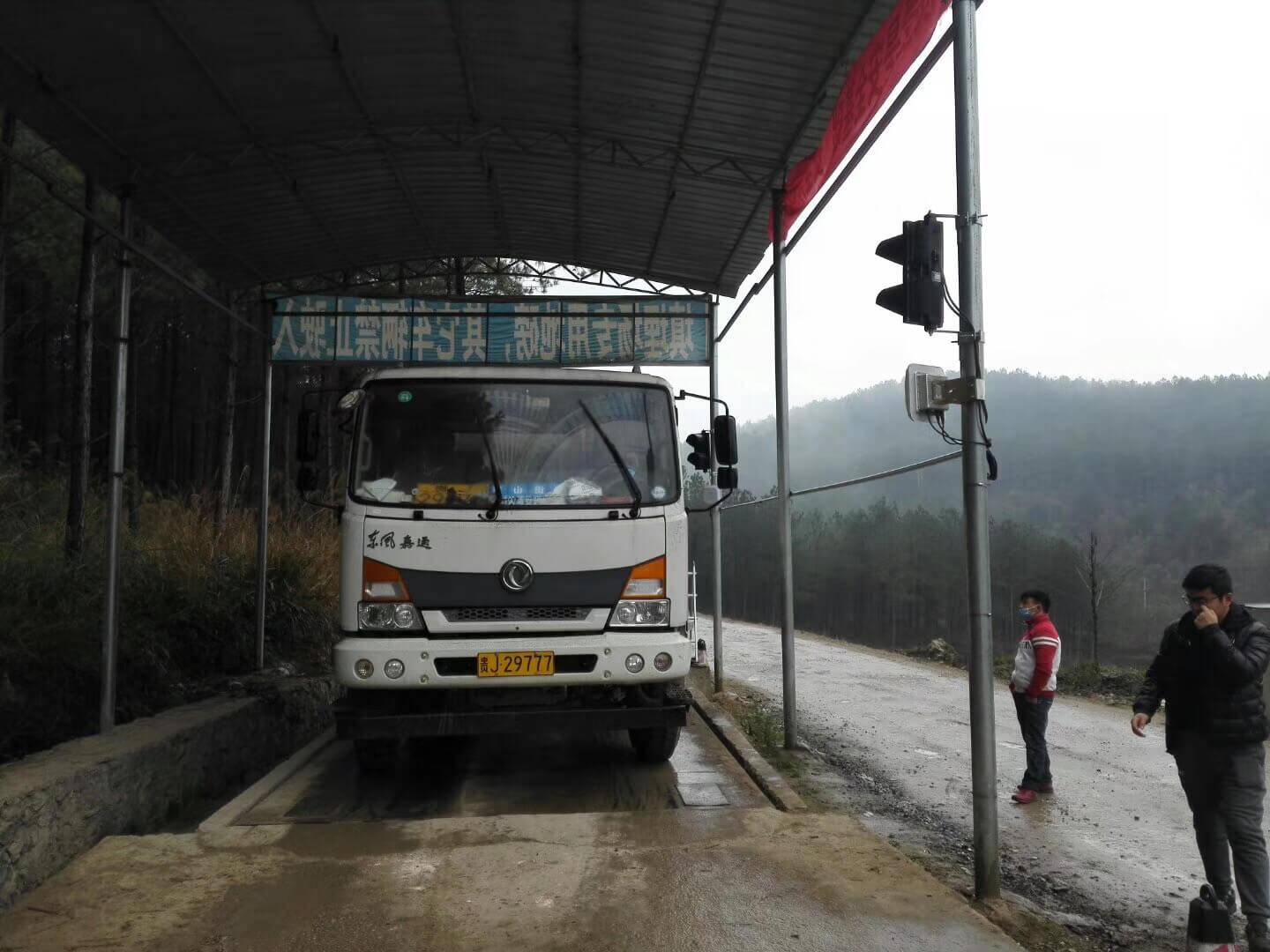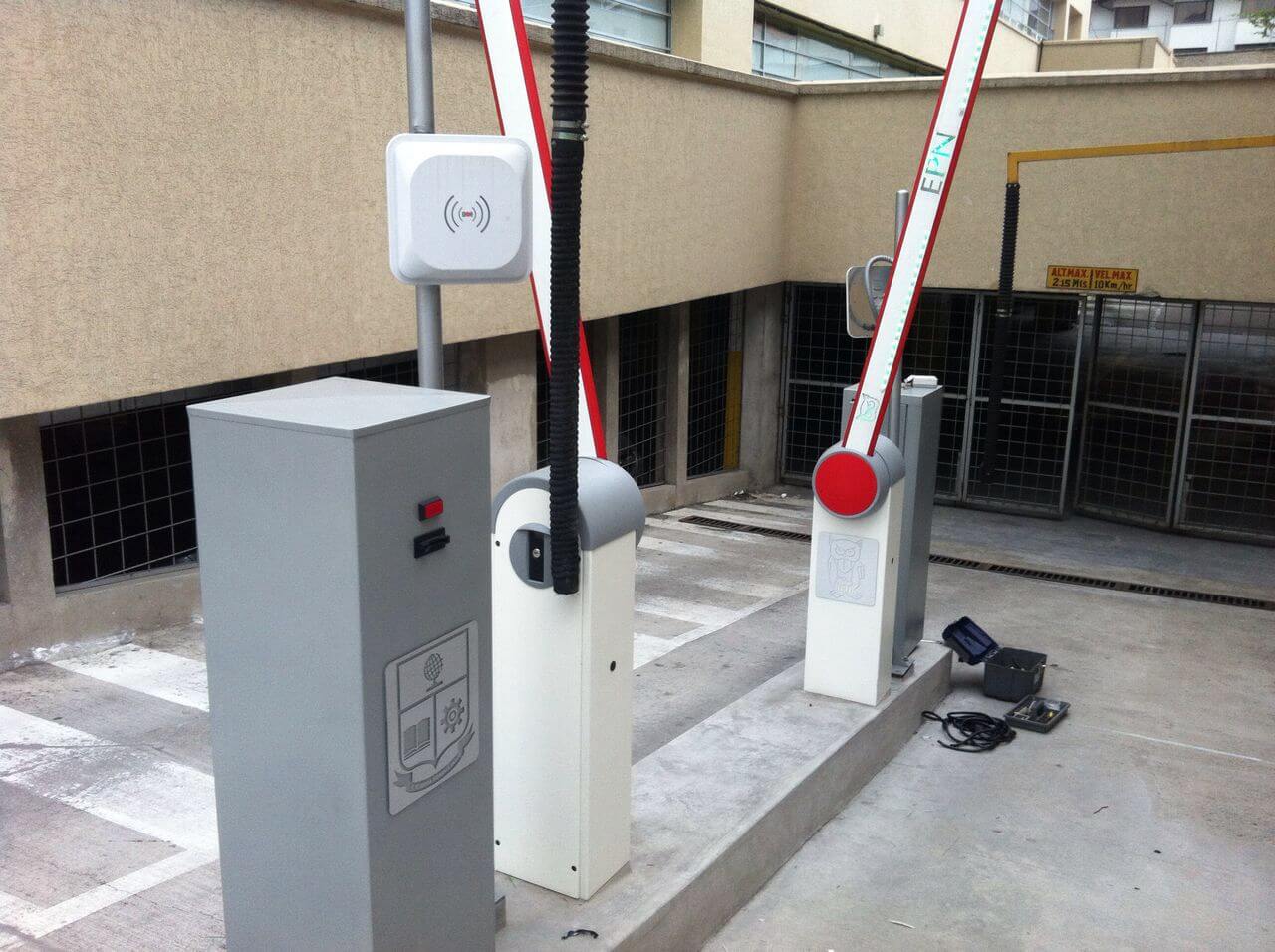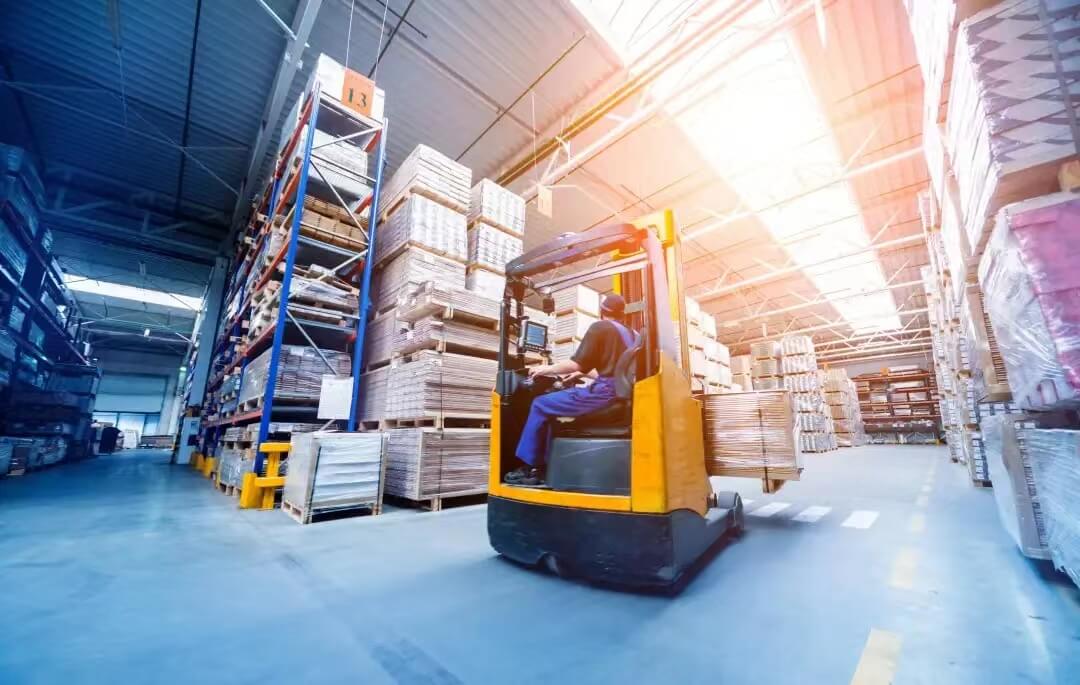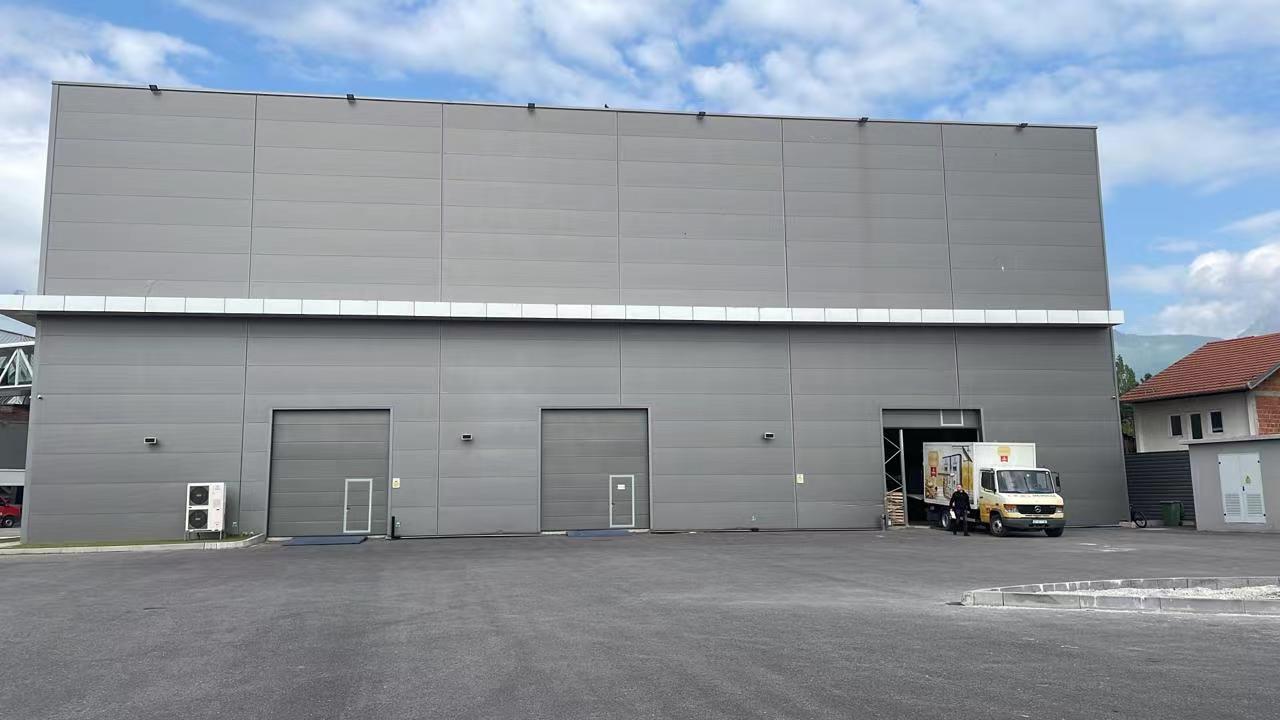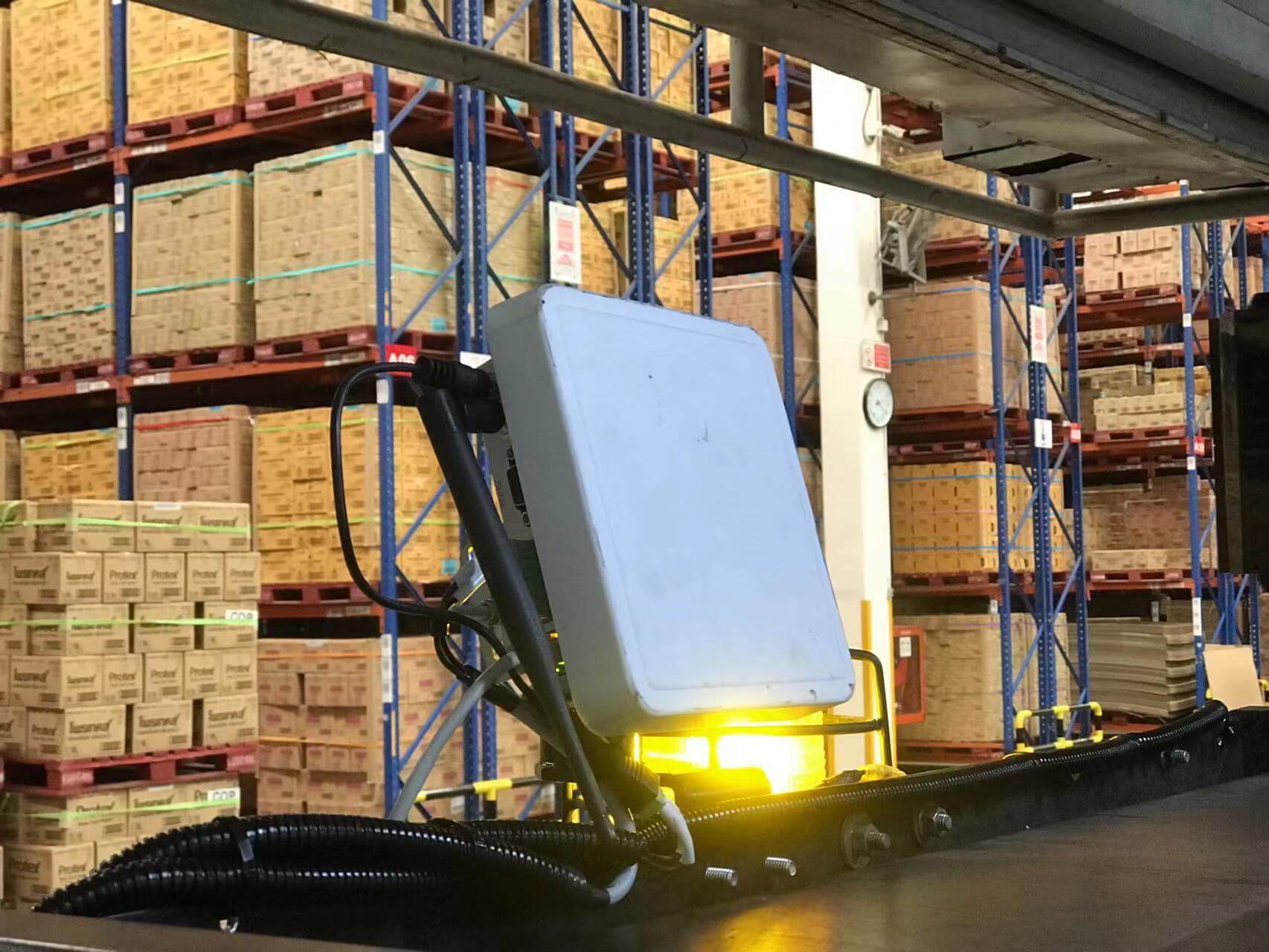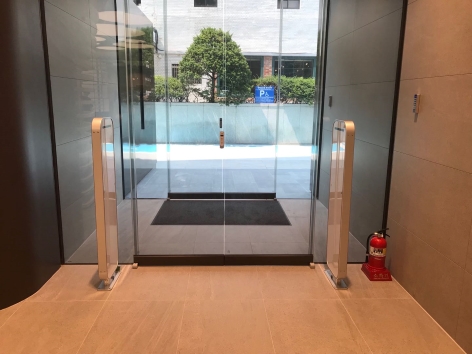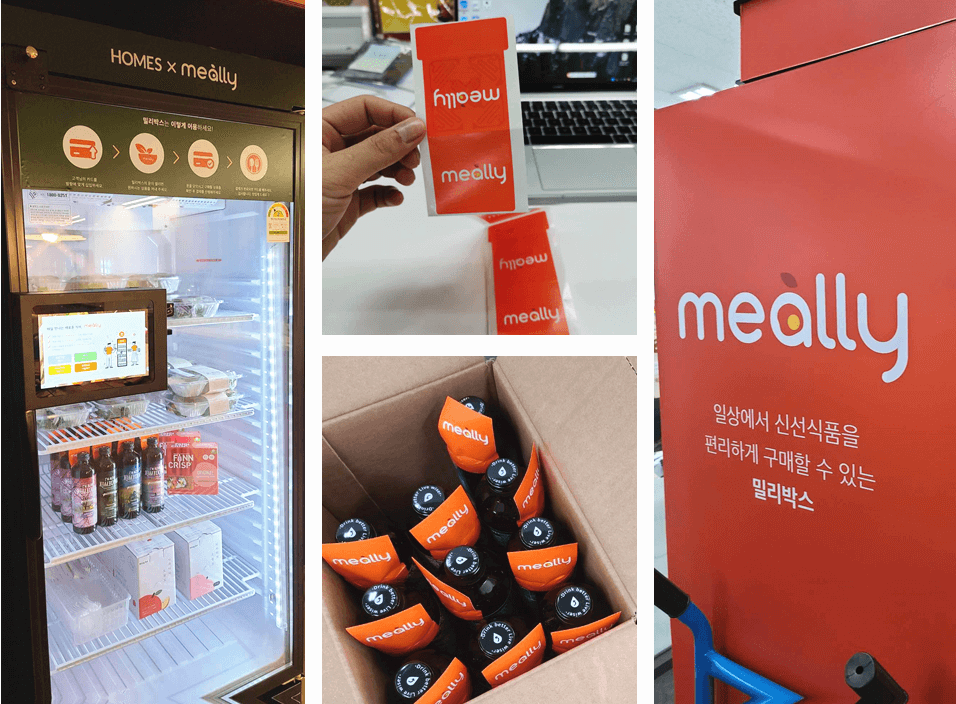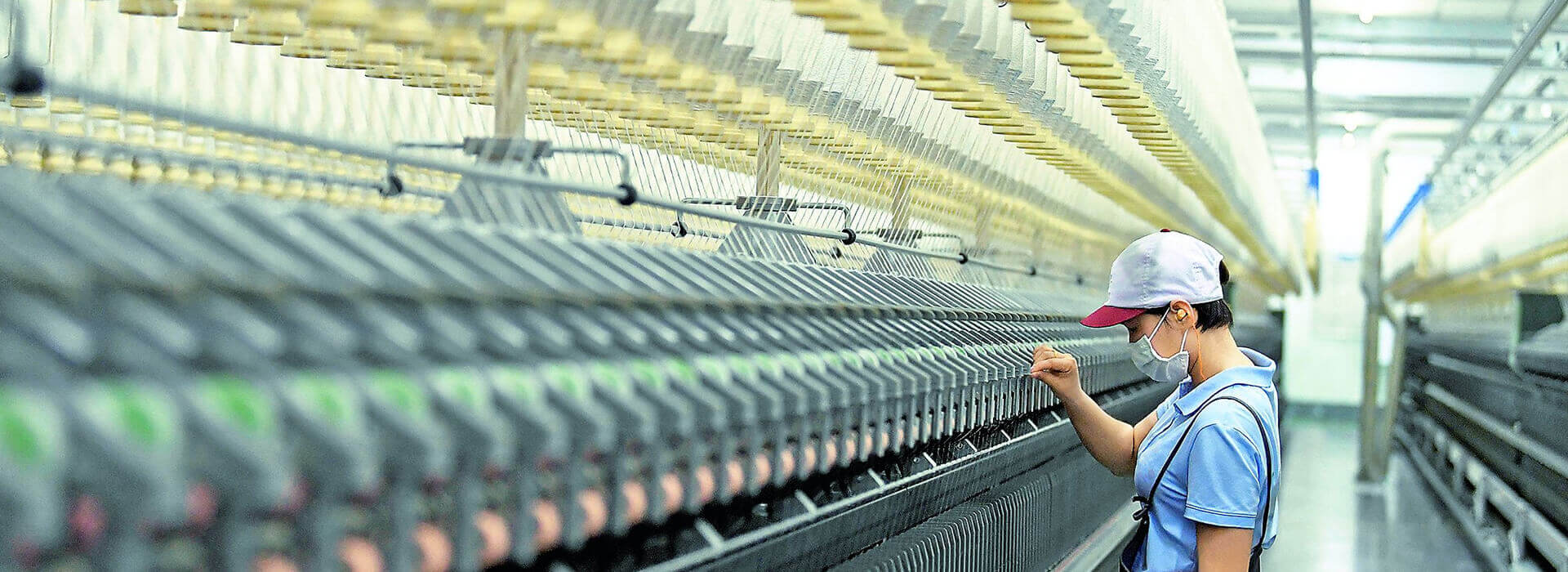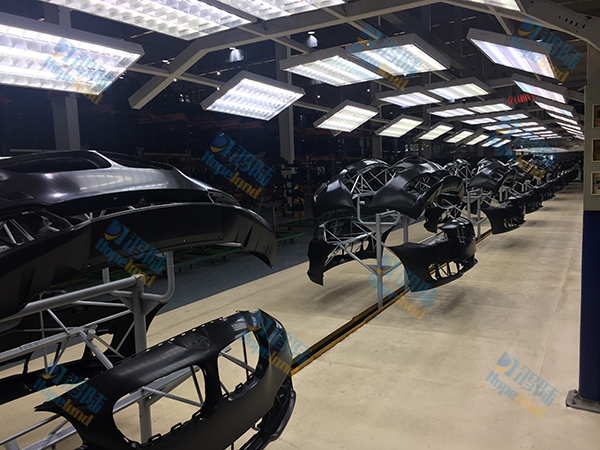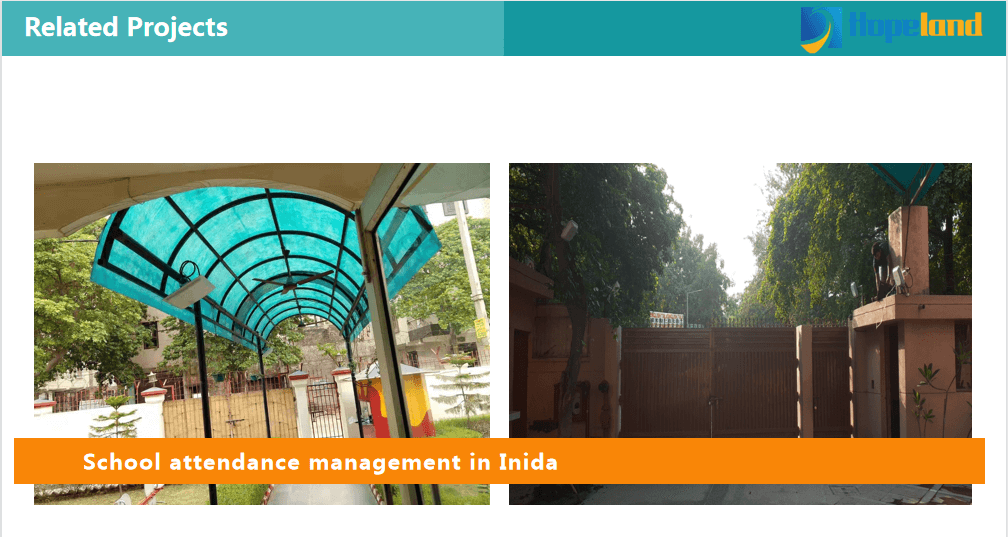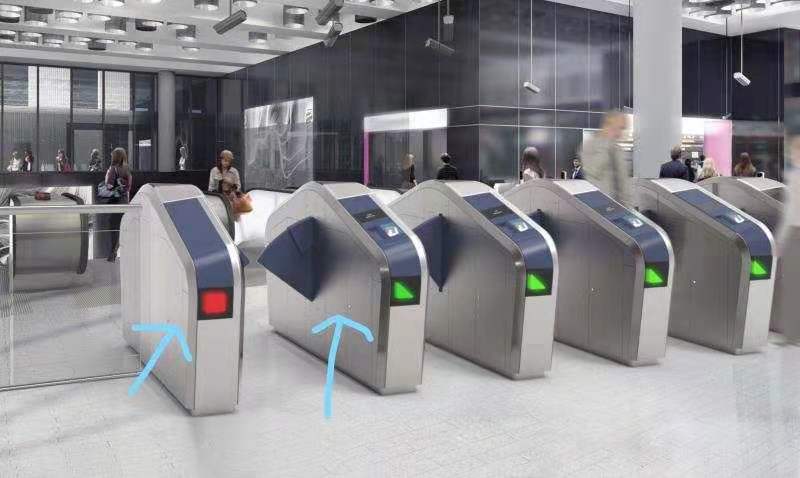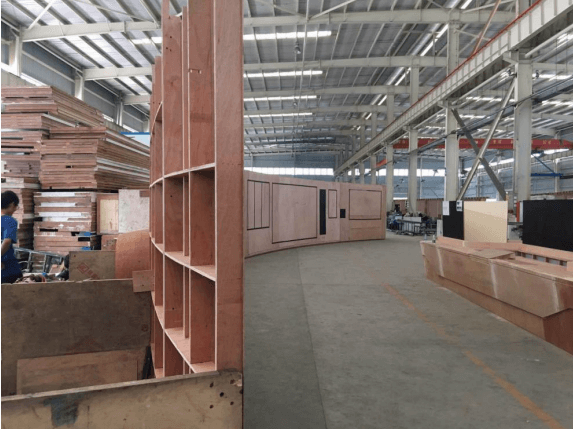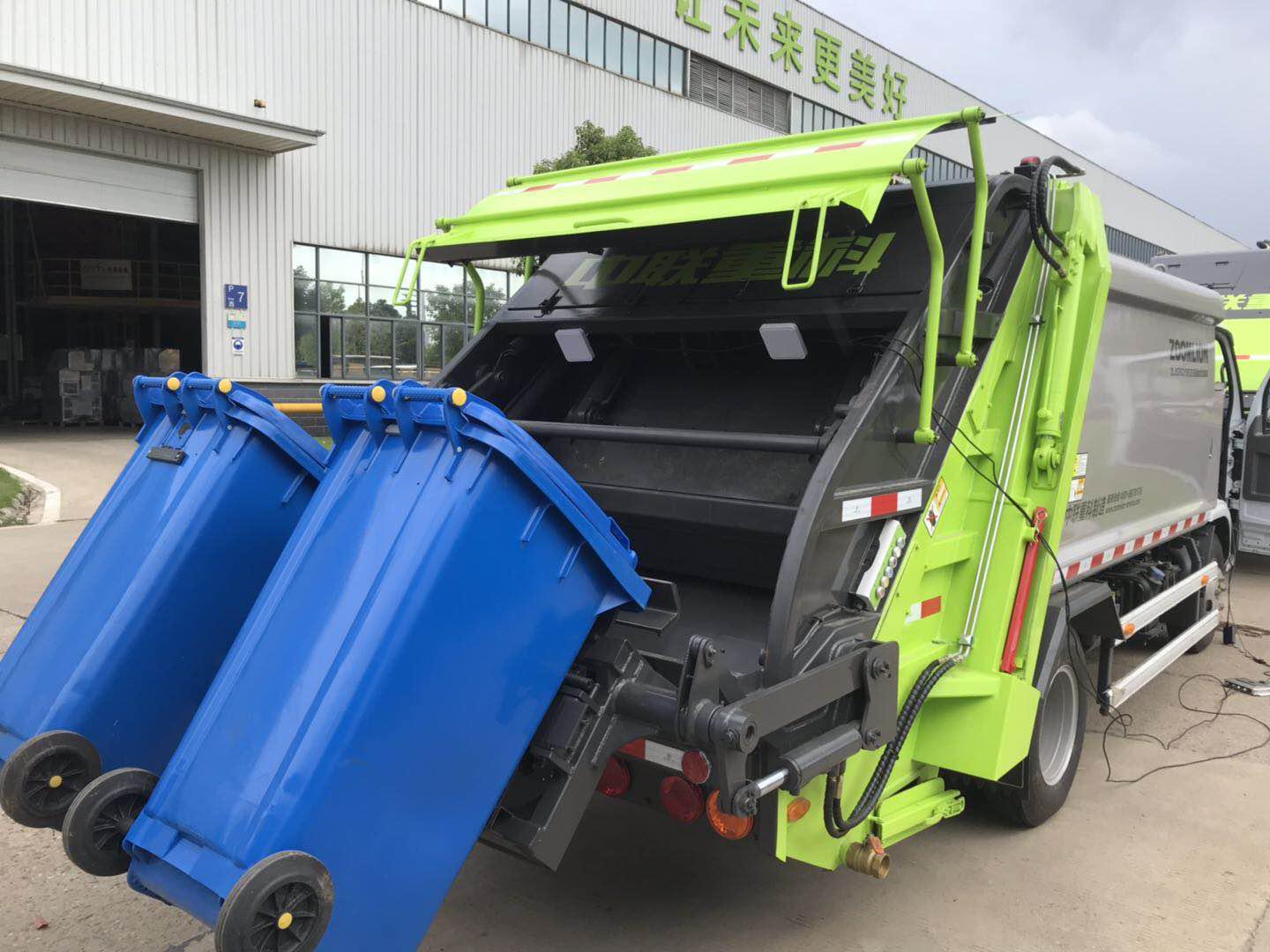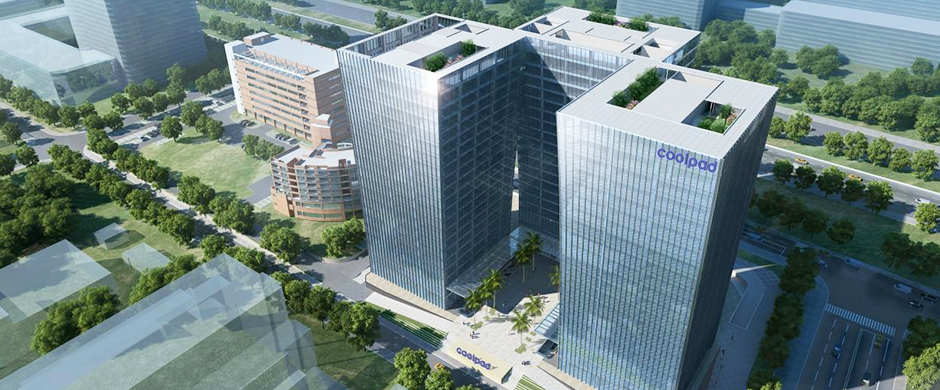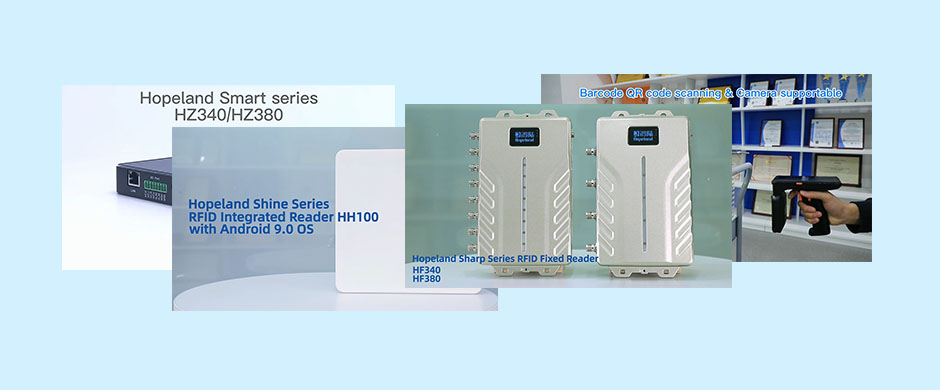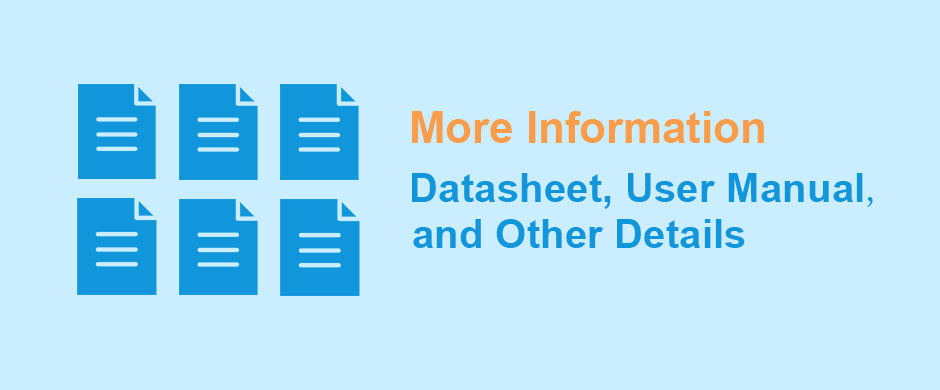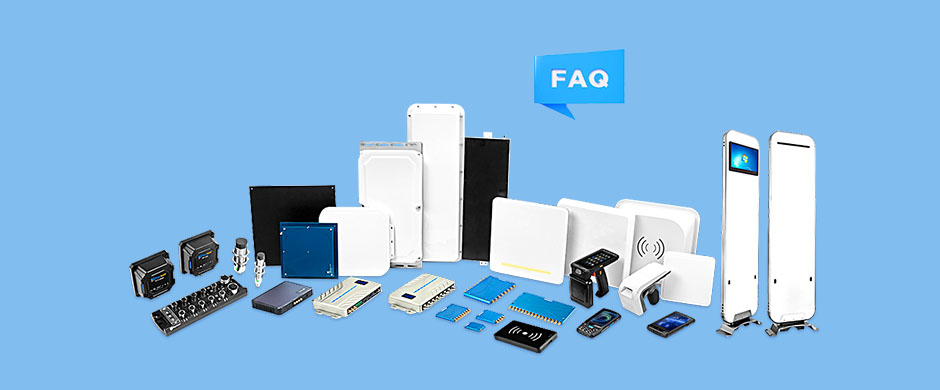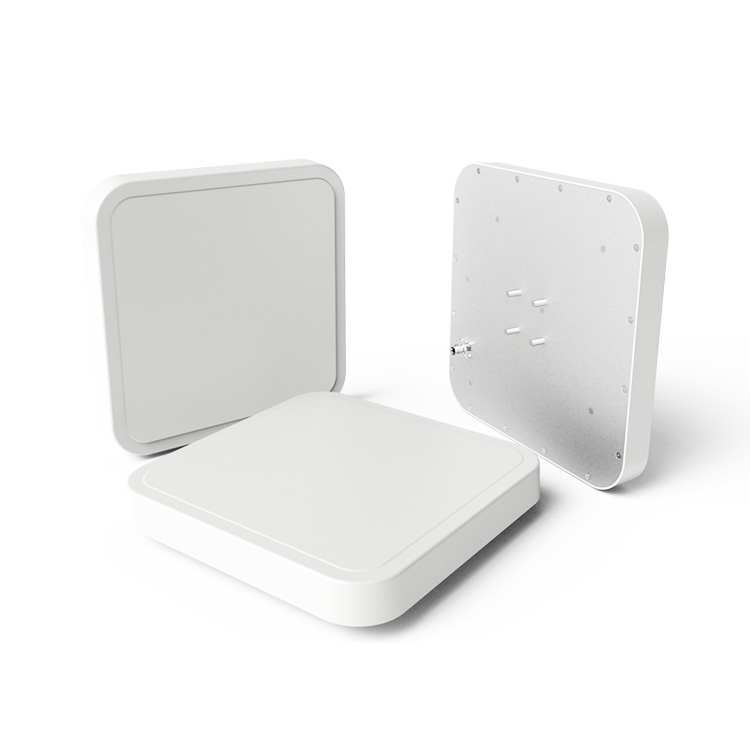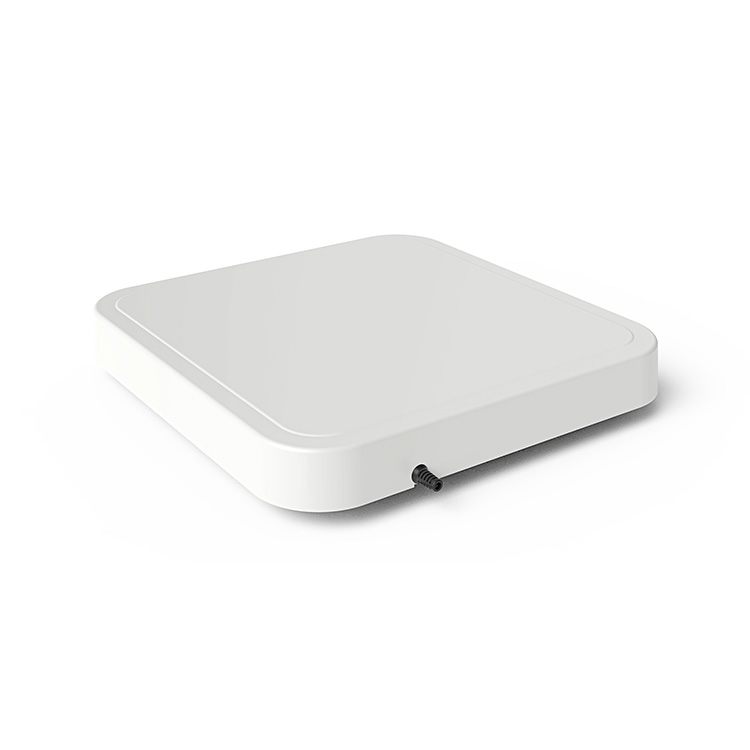
9dBi Circularly Polarized RFID Antenna
Features
-
 Gain: 9dbi
Gain: 9dbi -
 Wide operating frequency:865MHz~928MHz
Wide operating frequency:865MHz~928MHz -
 Polarization: circular polarization
Polarization: circular polarization
Highlights
- Low profile with high gain, reading distance range up to 15m
- Different mounting methods /connector types for match various applications
- Maximum efficiency and performance across the entire frequency band
- Seamlessly compatible with different brand RFID readers
- Widely used in parking lots, warehouse, forklift, production lines, container yards, luggage carousels, file cabinet, smart shelves and etc.
Radiation Pattern:
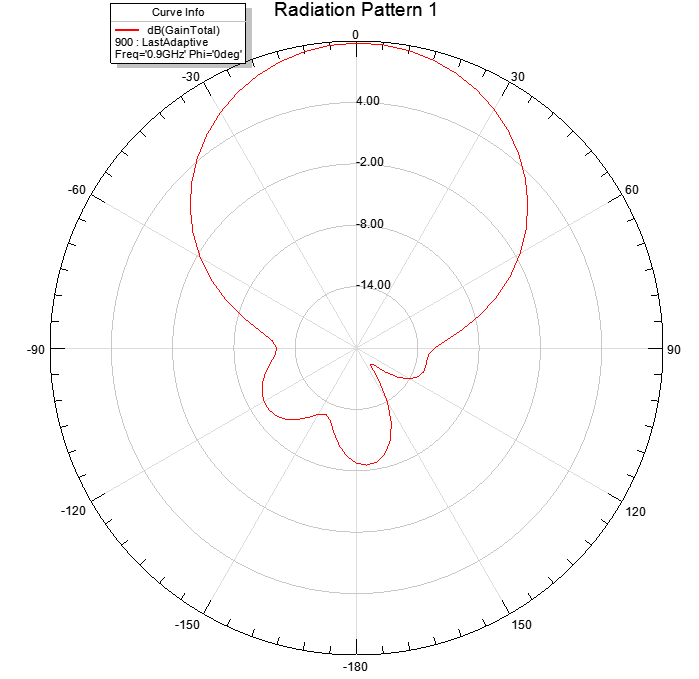
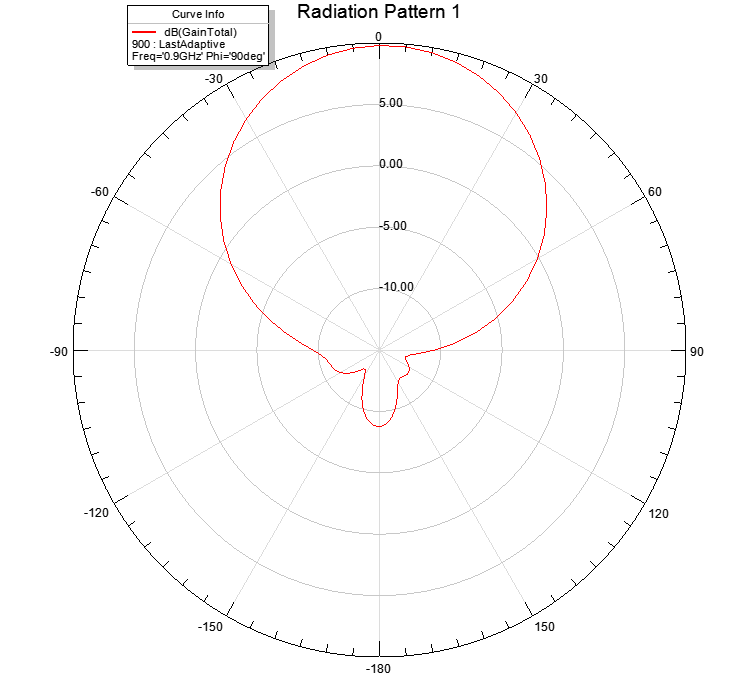
Antenna radiation pattern:
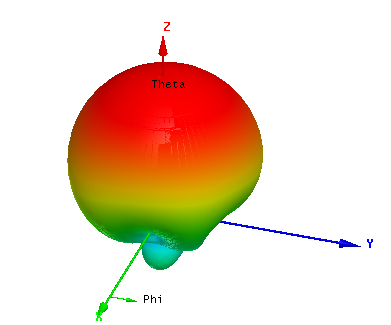
Specifications
-
Physical Specifications
Dimensions 255mm x 255mm x 30.6mm Weight 0.8kg (without bracket) Housing Material engineering plastic PC, aluminum alloy Operating Temp. -25 - +70°C Storage Temp. -40 - +80°C -
Electrical Specifications
Frequency Range 865MHz~928MHz Far-Field Gain 9dBi Polarization circular Beam Width 60°x 60° Maximum Input Power 10W
Applications
Intelligent Transportation
Highway RFID Tolling
With the in-depth development of the world economy, the transportation infrastructure has been greatly improved. However, the traffic capacity of the road network is increasingly unable to meet the needs of traffic growth, and traffic congestion is becoming more and more serious, especially at high-speed toll stations. How to realize the effective command, coordinated control and management of various vehicles has become an important issue for traffic safety management department in different countries and regions.
RFID technology (radio frequency identification technology), as a revolutionary solution to security and management, can effectively solve the traffic issues. Hopeland provides a variety of RFID products, including UHF RFID readers, RFID Antennas, RFID vehicle tags, to promote the management of highway toll collections.
RFID technology (radio frequency identification technology), as a revolutionary solution to security and management, can effectively solve the traffic issues. Hopeland provides a variety of RFID products, including UHF RFID readers, RFID Antennas, RFID vehicle tags, to promote the management of highway toll collections.
View Details
Intelligent Transportation
RFID Parking Access
Currently the vehicle management of parking yard mainly depends on manual recording, through manual transcribing the identification number at the front of the vehicle sequence number (the car in front of the bar code) registration identification.
Registered vehicles cannot be ensured in the field, although for different zoning, established the identity of cardboard. When we want to find out a specific vehicle, the process will be much time-consuming and cumbersome. Sometimes, some cars are not observed, the presence of area stopped for a long time and has not been sold. The stock situation cannot be timely to be controlled. For this situation, we need to implement automatic vehicle access registration, to achieve partition statistics, sales statistics, long stay and early-warning capabilities, making it imperative. Therefore, we need a new system to replace the existing system, which using more scientific and reasonable methods to reach vehicle monitoring.
Registered vehicles cannot be ensured in the field, although for different zoning, established the identity of cardboard. When we want to find out a specific vehicle, the process will be much time-consuming and cumbersome. Sometimes, some cars are not observed, the presence of area stopped for a long time and has not been sold. The stock situation cannot be timely to be controlled. For this situation, we need to implement automatic vehicle access registration, to achieve partition statistics, sales statistics, long stay and early-warning capabilities, making it imperative. Therefore, we need a new system to replace the existing system, which using more scientific and reasonable methods to reach vehicle monitoring.
View Details
Smart Retail
Smart Retail Store
Pain points in traditional retail stores
Operating aspects:
The operating costs of common convenience stores continue to rise
The cost of rent
convenience stores and merchants are more and more concerned with the capital. But the store resources are relatively scarce, and the pressure on the rising cost of rent will continue to exist in the future.
Labor costs
The decline of the working age workforce increases the labor cost. The increase of convenience store staff mobility and the increase of personnel costs and management costs.
The cost of water and electricity
The relative area is larger and the water power consumption is more.
Consumer aspects:
Purchasing daily necessities is inconvenient and far away.
There is no 24-hour store in the evening, and difficult to meet any emergency.
Operating aspects:
The operating costs of common convenience stores continue to rise
The cost of rent
convenience stores and merchants are more and more concerned with the capital. But the store resources are relatively scarce, and the pressure on the rising cost of rent will continue to exist in the future.
Labor costs
The decline of the working age workforce increases the labor cost. The increase of convenience store staff mobility and the increase of personnel costs and management costs.
The cost of water and electricity
The relative area is larger and the water power consumption is more.
Consumer aspects:
Purchasing daily necessities is inconvenient and far away.
There is no 24-hour store in the evening, and difficult to meet any emergency.
View Details
Asset Management
Tool Management Solutions
Traditional tool management methods generally rely on non-automated, paper-based systems to record, track and manage; a few use barcodes to identify and manage assets; but the efficiency is extremely low, with the increase in the number of assets, extremely The earth has increased the burden of management personnel, a serious waste of human resources, and also increased the difficulty of tool management, often resulting in untimely data and high error rates. Often the inventory management is chaotic, and the inbound and outbound data is wrong. If it is left to exist on a large scale for a long time, it will bring great cost problems to the enterprise.
In terms of tool management application technology, traditional automatic identification technologies such as one-dimensional bar code/two-dimensional bar code have also been widely used in the management of item classification and labeling. However, the barcode technology itself relies on the visible light scanning reflection, the recognition rate is low, the barcode is easily damaged and stained, and the amount of stored information is small. Generally, it only identifies a certain type of product, which affects its wide application in logistics management.
Compared with barcode technology, RFID radio frequency identification technology is a typical representative of non-contact long-distance automatic identification technology. RFID technology has high recognition accuracy, reliable performance, large amount of stored information, and oil and sewage resistance, especially suitable for automatic identification requirements in harsh working environments. The use of RFID tags to replace barcodes and other identified goods can effectively complete the automatic management of assets, and realize the automatic collection, automatic processing and report output of asset information.
In terms of tool management application technology, traditional automatic identification technologies such as one-dimensional bar code/two-dimensional bar code have also been widely used in the management of item classification and labeling. However, the barcode technology itself relies on the visible light scanning reflection, the recognition rate is low, the barcode is easily damaged and stained, and the amount of stored information is small. Generally, it only identifies a certain type of product, which affects its wide application in logistics management.
Compared with barcode technology, RFID radio frequency identification technology is a typical representative of non-contact long-distance automatic identification technology. RFID technology has high recognition accuracy, reliable performance, large amount of stored information, and oil and sewage resistance, especially suitable for automatic identification requirements in harsh working environments. The use of RFID tags to replace barcodes and other identified goods can effectively complete the automatic management of assets, and realize the automatic collection, automatic processing and report output of asset information.
View Details
Send A Message
Related Products
-
HH100Android Integrated RFID readerNew Shine serie - Android Integrated RFID reader HH100 Smart IoT device with integrated design but support 1 additional antenna port. Running with Impinj Indy R2000 chipset/ newest Impinj E710 RAIN RFID reader chip upgradable, and operated on Otca-core Android 9.0 operation system. It not only includes built-in 4G, WiFi, and Bluetooth as standard, and PoE (IEEE 802.3 af/at/bt) optional, but also supports built-in web management functions such as remote parameter configuration, MQTT, HTTP post, MySQL database transferring and so on.Details
-
HH340IoT Fixed Android RFID ReaderHopeland HH340 is a 4-port Android-based fixed RFID reader integrated with Impinj R2000/E710 RFID chip. This long range UHF RFID reader supports RJ45, RS485, Wiegand, USB, Bluetooth, WIFI, 4G, etc. as well as supports MQTT to provide real-time and reliable messaging services. It also supports sending data directly to the database.Details
-
HL7205G9dBi Long Range UHF RFID AntennaIt has the characteristics of thin thickness, low standing wave and good circular polarization. This antenna is a general-purpose antenna, suitable for use in medium-distance indoor environments.Details


